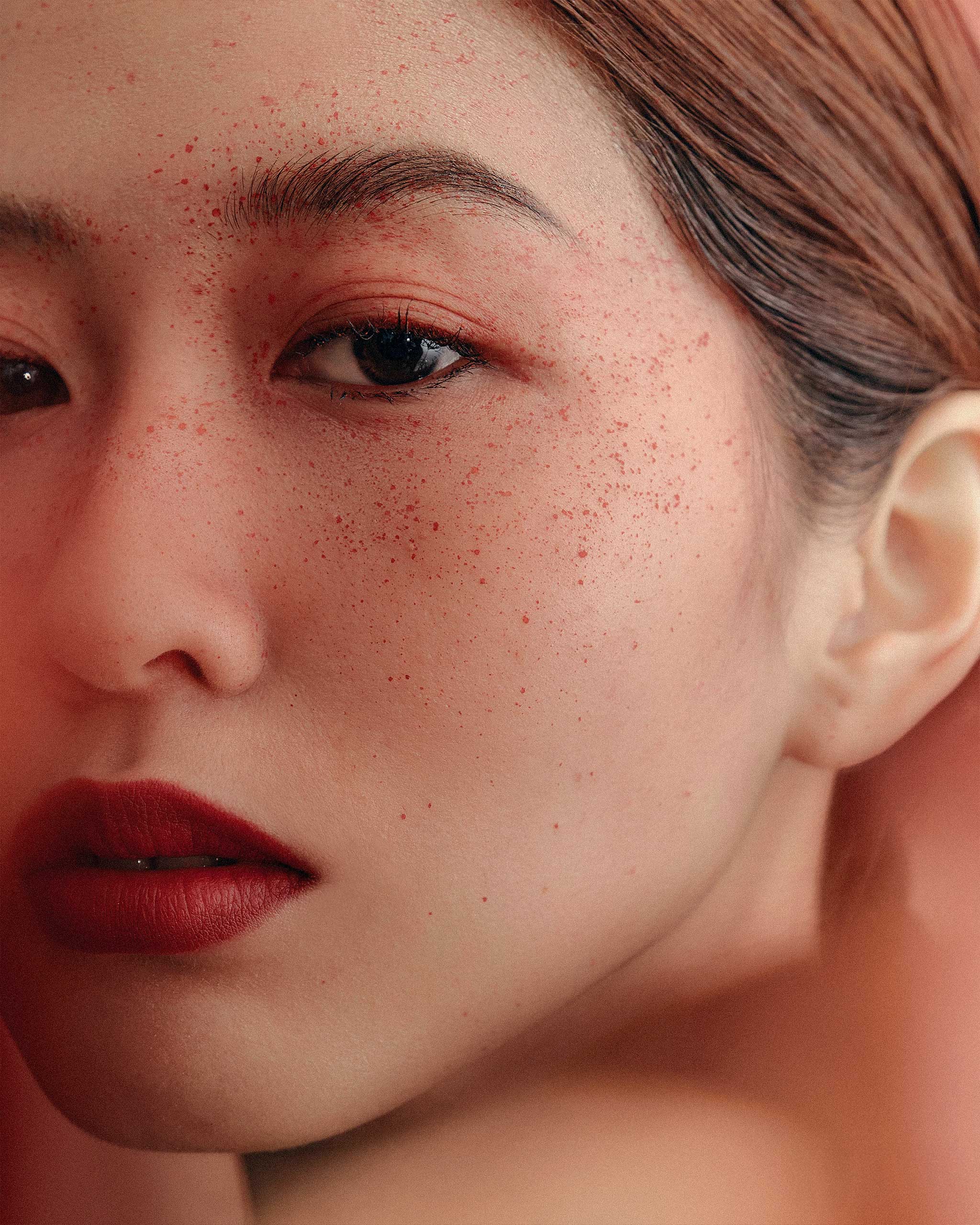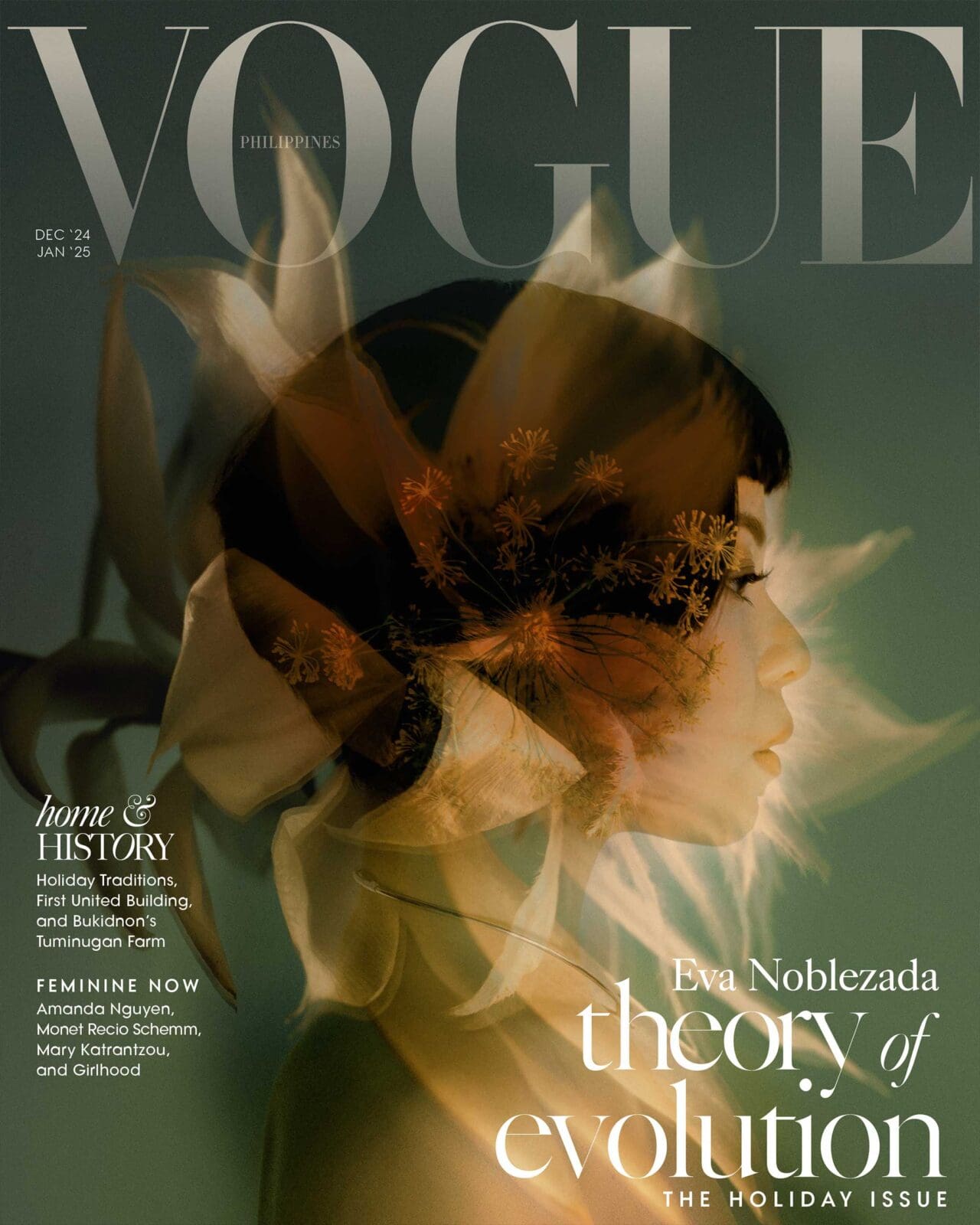Makeup by JANICA CLETO. Hair by CARLO ROBLICO. Photographed by Aya Cabauatan for the December 2024/January 2025 Issue of Vogue Philippines
As the sculptor Louise Nevelson once said, true strength is delicate.
It’s impossible to miss. From the most dedicated follower of fashion to the only mildly intrigued, casual observer, girlhood is more than a moment, more than a trend. Ballet shoes and Mary Janes have lasted way longer than a mere season. Floaty dresses and bows and ribbons aren’t just for characters in Sofia Coppola movies. Former cult favorites Simone Rocha, Molly Goddard and Sandy Liang, vanguards of the ethereal girlish aesthetic, have now become established mainstream designers, as proven by Rocha’s blockbuster H&M collaboration, Goddard’s recent launch of a ready-to-wear bridal line, and Liang’s viral Monchhichi doll.
Speaking of dolls, women everywhere are madly amassing little toys to adorn their purses, their shelves, and dressing rooms. This proclaims the very real joy and delight they bring for those who unabashedly collect cuddly plushies and cute character figurines, some big enough to count as sculpture.
What does it all mean? Why is it happening at precisely this moment in history? How long will it last?

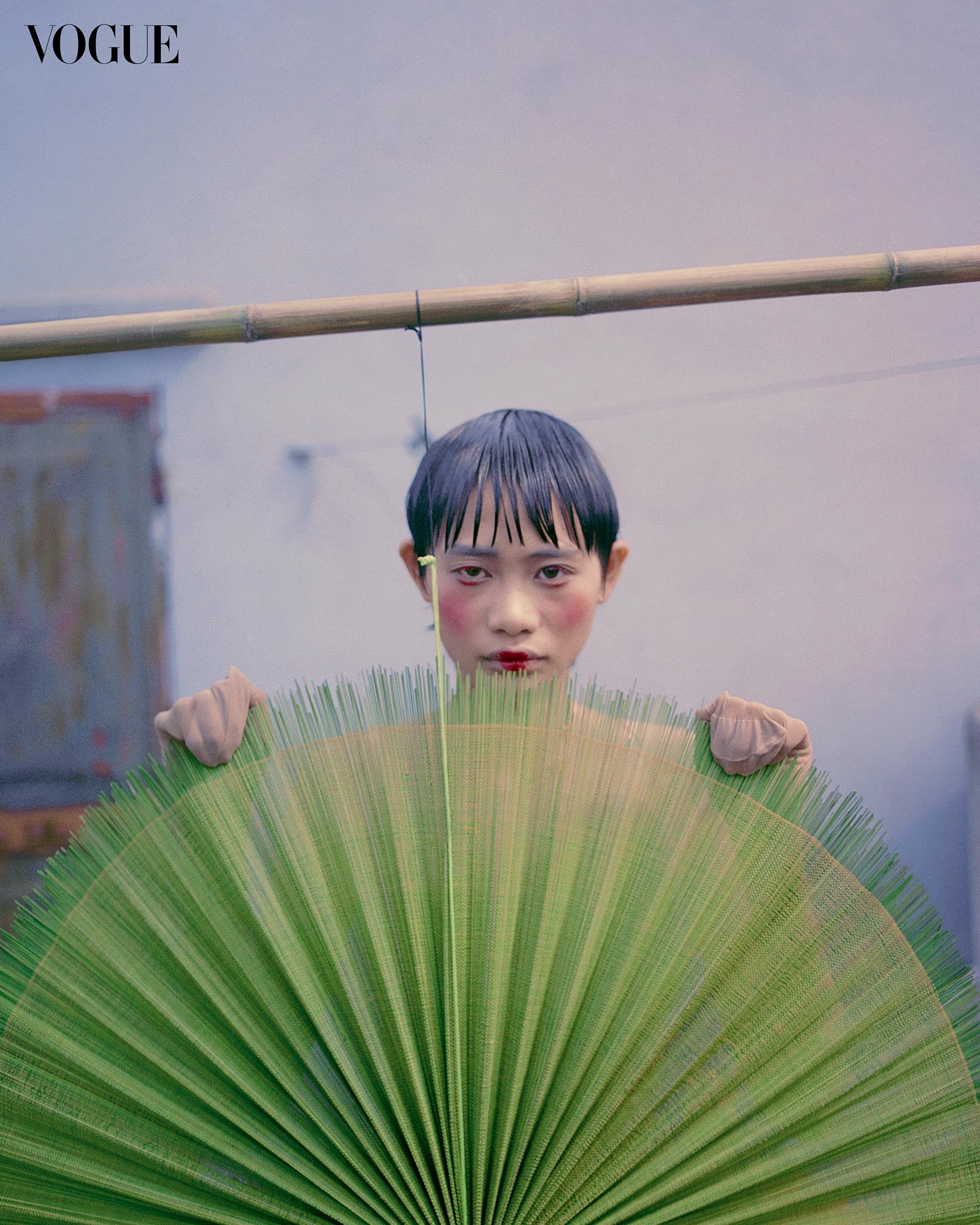
Once known as the “Material Girl,” Madonna first burst onto the scene in tulle skirts, big black hair bows, lace gloves, all archetypal girl motifs while having a name that translated to “My Lady.” In one of her more critically acclaimed songs, she asked plaintively: “Do you know what it feels like for a girl, in this world?” In an interview, she revealed that she wrote the song at a time when she felt her most vulnerable.
The song’s video begins with a voiceover read by Charlotte Gainsbourg, the Anglo-French actress daughter of Jane Birkin, taken from the British film The Cement Garden: “Girls can wear jeans and cut their hair short. Wear shirts and boots cause it’s okay to be a boy. But for a boy to look like a girl is degrading. But secretly you’d love to know what it’s like wouldn’t you? What it feels like for a girl.”
This song was released in 2000, and in the two decades or so since, gender identity and girlhood have been transformed, redefined, uplifted; girlhood doesn’t equate lack of power nor inferiority; and yet it still has the air of mystery and elusiveness evoked by the defiant challenge: “Secretly, you’d love to know.” This opening spiel clearly declares that a girl’s supposedly inferior status makes being feminine and looking feminine as problematic, and that society is dismissive of overt signs of girlhood.
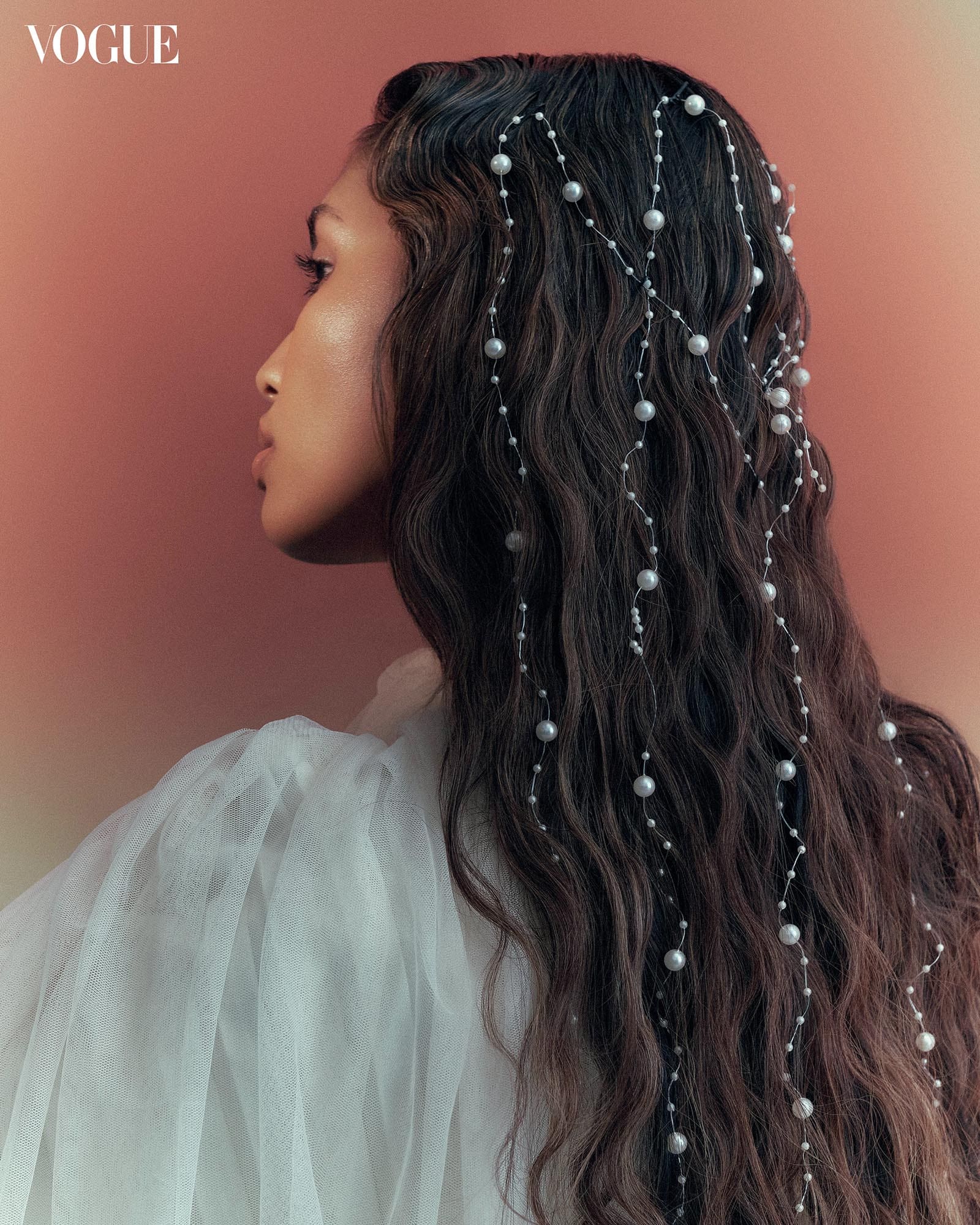
So is the predominance of girlhood, as a way of dressing and being, a sign that feminism has failed? Or is it actually, a victory? Are we reclaiming the outward signs of girlhood as a sign that we have won the gender divide?
Life (and fashion and beauty) are seldom that simplistic nor clear cut. Sometimes, the pendulum just swings, and the preponderance of the very masculine-inflected street style look has become so dominant that the style savants wanted to reintroduce the polar opposite, with softness and flowing cuts, becoming obviously sweeter, less urban, and much less sexual. But it also cannot be overlooked that fashion and beauty standards do not develop in a vacuum and that social, historical, cultural and political realities are reflected, refracted, questioned and redefined in what we wear, what we want, and what we buy. Womanhood comes with a myriad of demands and expectations. The long monologue of America Ferrera’s Gloria in the Barbie movie runs down a long list of tightrope acts women must perform to be successful and accomplished.
In women’s deep need to be acknowledged, recognized and empowered, did we forget to revel in our girlhood? Did we skip over the simple joys and primal pleasure of celebrating ourselves, away from the male gaze and in solidarity with our sisters? Girlhood brings us back to a time when we didn’t have to worry about competing with men nor attracting them. As girls, we lived for ourselves, and the accouterments of girlhood bring us back to that Edenic innocence and carefree abandon. Now that we can look back at all the great advances that women have made, perhaps now is the time to step back, enjoy what our mothers and grandmothers fought for, change the battle plans, and rewrite the rules of the game.

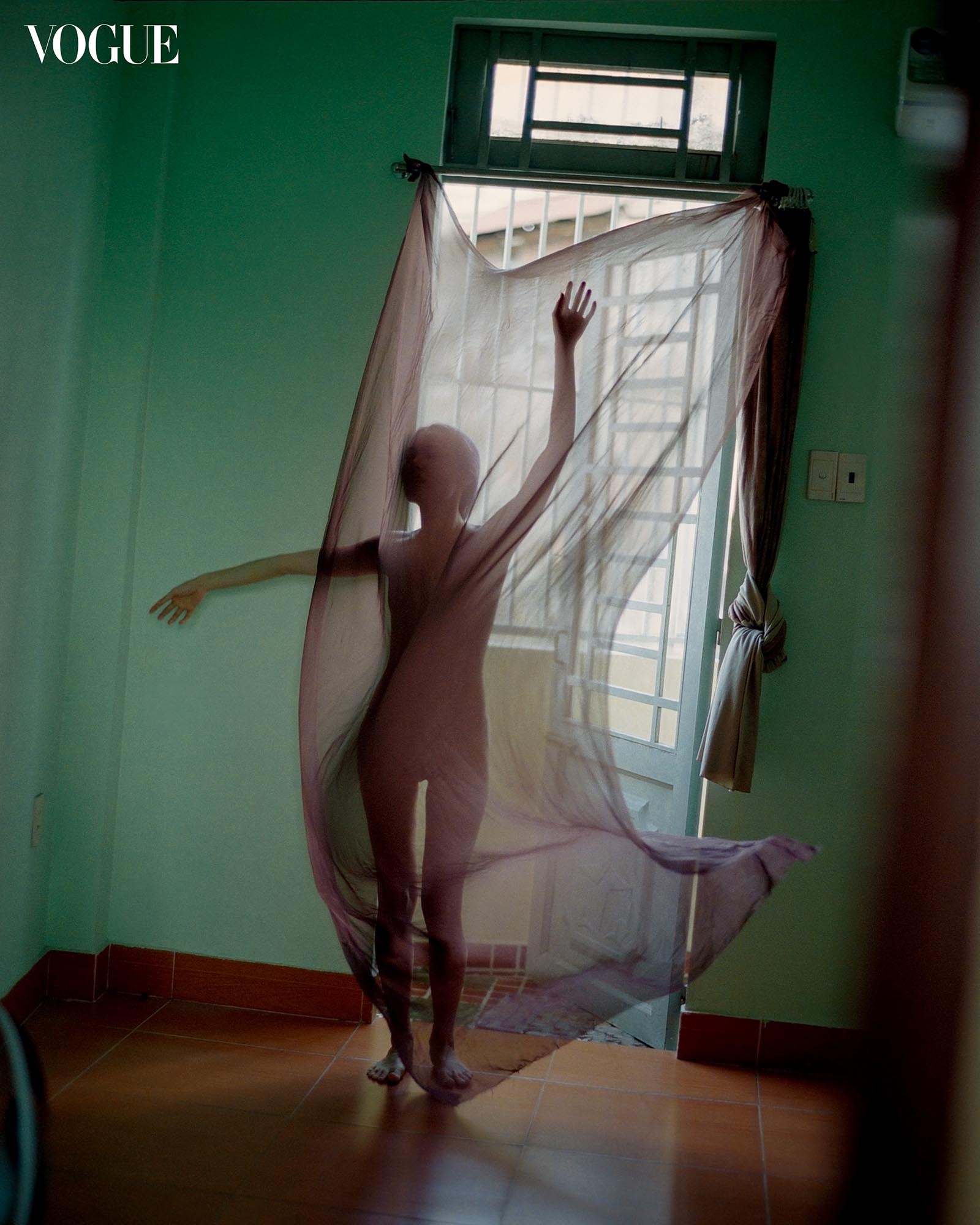
The cliché of a feminist is that she doesn’t want to be pretty nor seen as weak. To take down the patriarchy, women had to look intimidating, reliable, dependable, and, above all, strong. Hollywood actresses became known for saying that “they wanted to portray strong women.” Strength was portrayed as a rejection and repudiation of traditionally female signifiers. But being strong can be exhausting. And there is more than one way to be strong. Some cultural observers say that proclaiming girlhood as more than a trend infantilizes women and moves women backward.
And yet, isn’t the power of womanhood in its complexity? In nuance and adaptability? In another confirmation of the dominance of girlhood motifs, Japanese fashion behemoth Uniqlo came out with a series of t-shirts based on images from Sofia Coppola movies such as Marie Antoinette, The Bling Ring, Somewhere and Lost in Translation to celebrate International Women’s Day. Sofia Coppola has created a body of work exploring the conflicts and paradoxical state of girlhood. In the book Sofia Coppola: A Cinema of Girlhood, author Fiona Handyside examines the movies Lost In Translation, Marie Antoinette, The Virgin Suicides, The Bling Ring and, The Beguiled and thus states: “Girlhood is a place of fantasy, experimentation, evasion, transcendence, standing not temporarily before womanhood but beside it.”
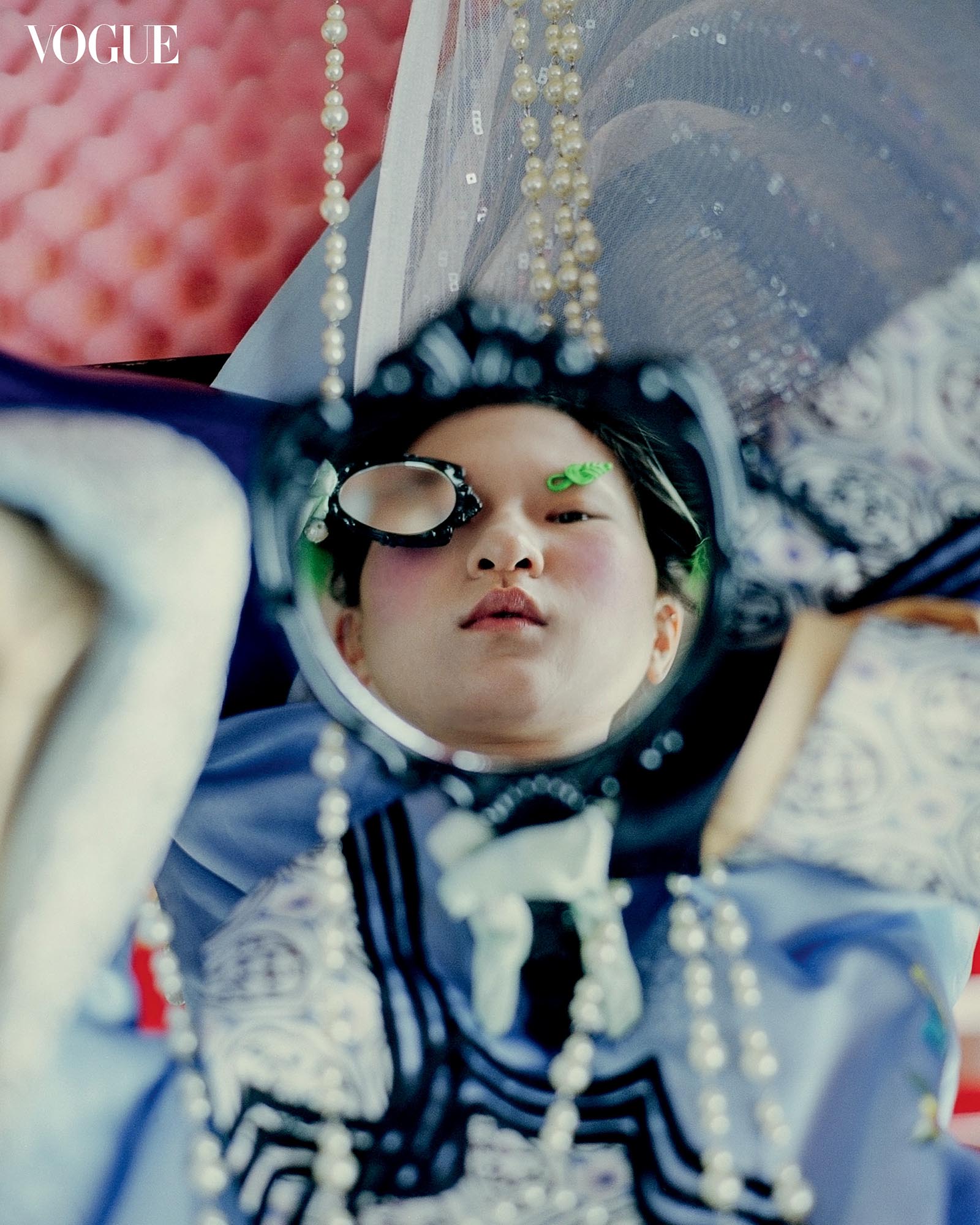
In an era of a constant news cycle, majority of people are also oppressed and burdened by too much information. The problems of the world are ever present, ever pounding on our consciousness. It is no wonder that a return to girlhood, and its accompanying comforting nostalgia, has become a balm to the soul. Brain imaging has proven that looking at cute, familiar and nostalgic images creates a sense of wellbeing and calmness. Just as we now know that movement and exercise release endorphins and what some have termed as “hope molecules” into the bloodstream, basking in the atmosphere of an idealized past can be a refuge for the spirit, a welcoming harbor in the stormy waves of the world’s woes.
We can see the preponderance of supposedly soft feminine qualities and thus, honor girlhood as a time of growth and exploration; unburdened by ambitions and the intricate web of romantic and sexual entanglements, girls are free to see the world as full of possibility and magic. The true empowerment of women begins in girlhood. If 70s womanhood had to sing an anthem that warned, “I am woman, hear me roar”; girlhood is the prescient whisper of a glorious future unfolding.
Photographs by AYA CABAUATAN & FEE-GLORIA GRÖNOMEYER. Beauty Editor : JOYCE OREÑA. Fashion Editor: DAVID MILAN. Art Director: Gabbi Constantino. Associate Fashion Editor: Carlos Mangubat. Stylist: Danae Vernisse Dipon. Makeup Artist: Janica Cleto. Hairstylist: Carlo Roblico. Models: Ivanna Lagman, Martha Raagas. Producer: Bianca Zaragoza. Production Designer: Chila Alcita. Beauty Writer: Bianca Custodio. Nails: Extraordinail. Retouching by Paul Johnes Cali. Photography Assistants: Rossman Hitosis, JhayR Baylon. Stylist Assistants: Justine Benitez. Production Design Assistants: Emman Magalang, Mary Anne Quiogue. Ombre. Backdrops by Albero Creatives. Green Backdrops by Schmidli Backdrops at Espacio Creativo Escolta.
